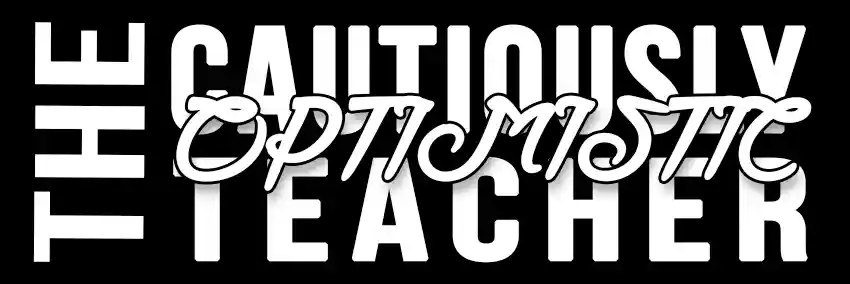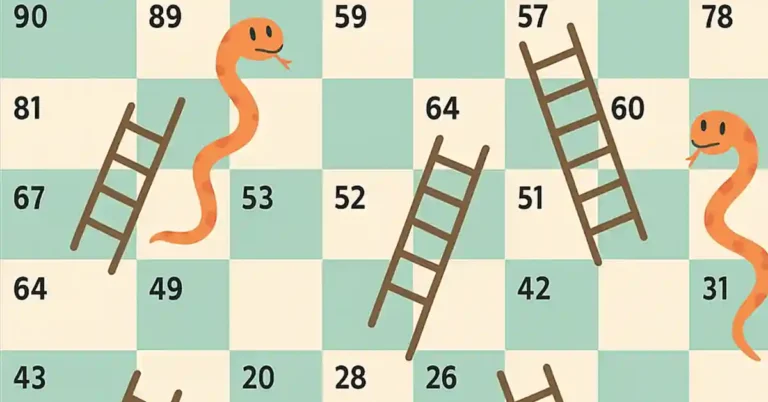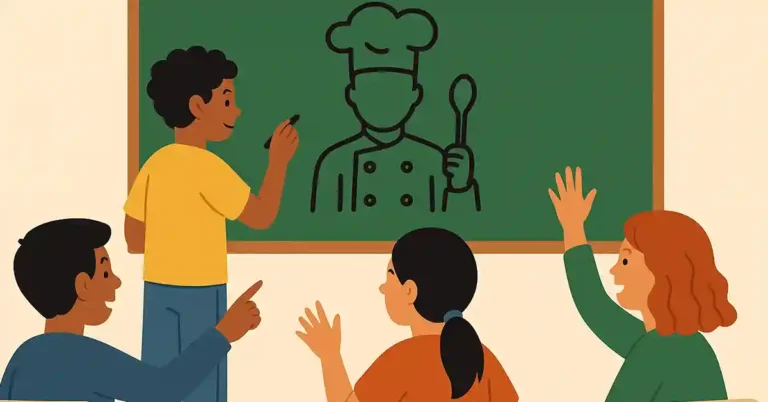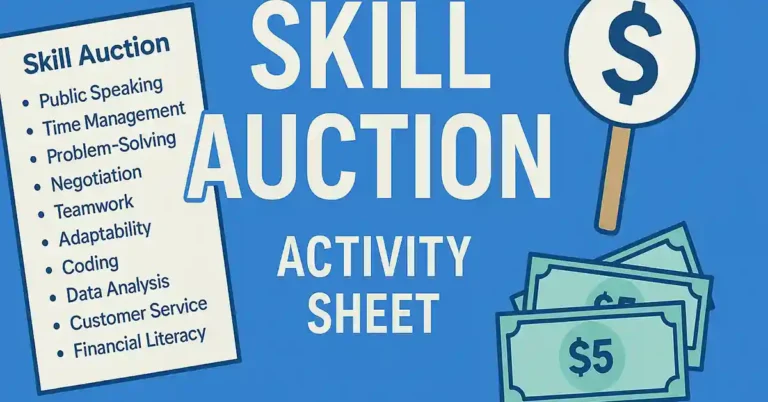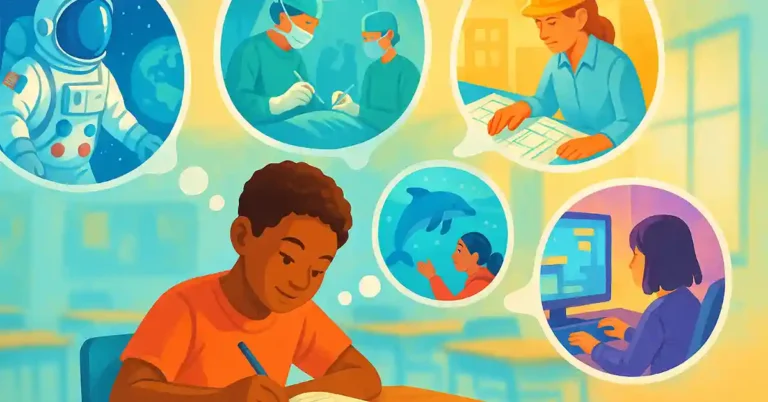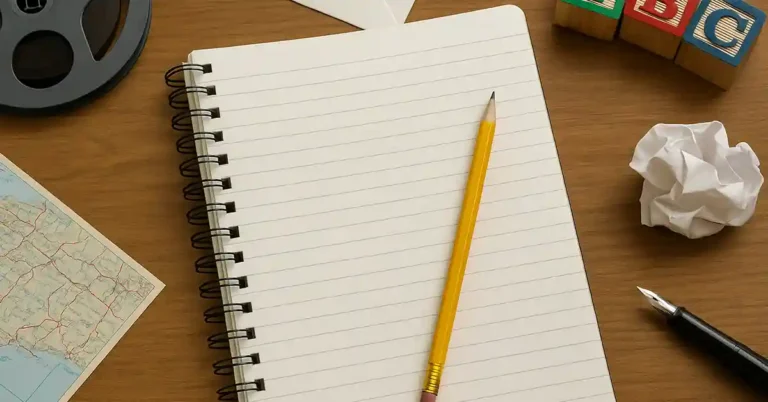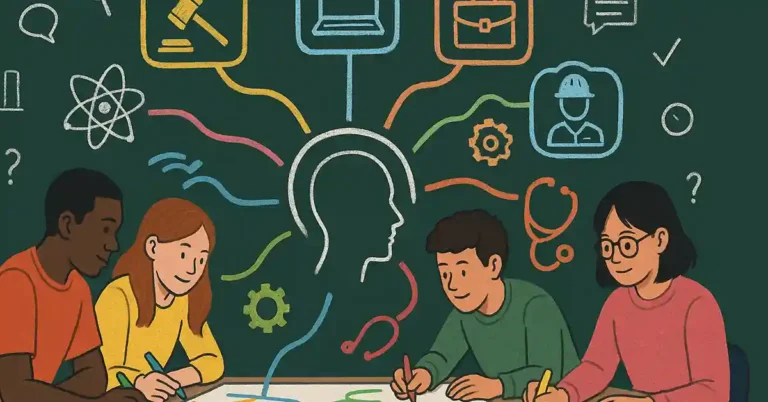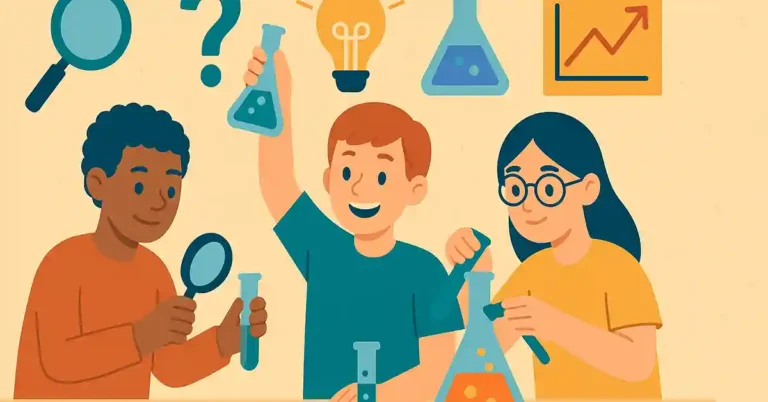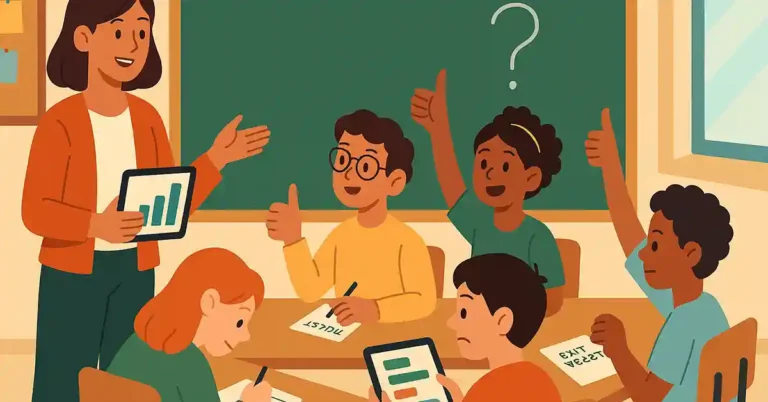Ultimate Lesson Plan Template for Classroom Teachers
Every great class begins with a great plan — and the Ultimate Lesson Plan Template is here to make that process effortless. Designed by teachers, for teachers, this practical planning tool helps you organize every part of your lesson, from learning goals to reflection, without wasting time on formatting. Whether you prefer detailed, observation-ready plans…
